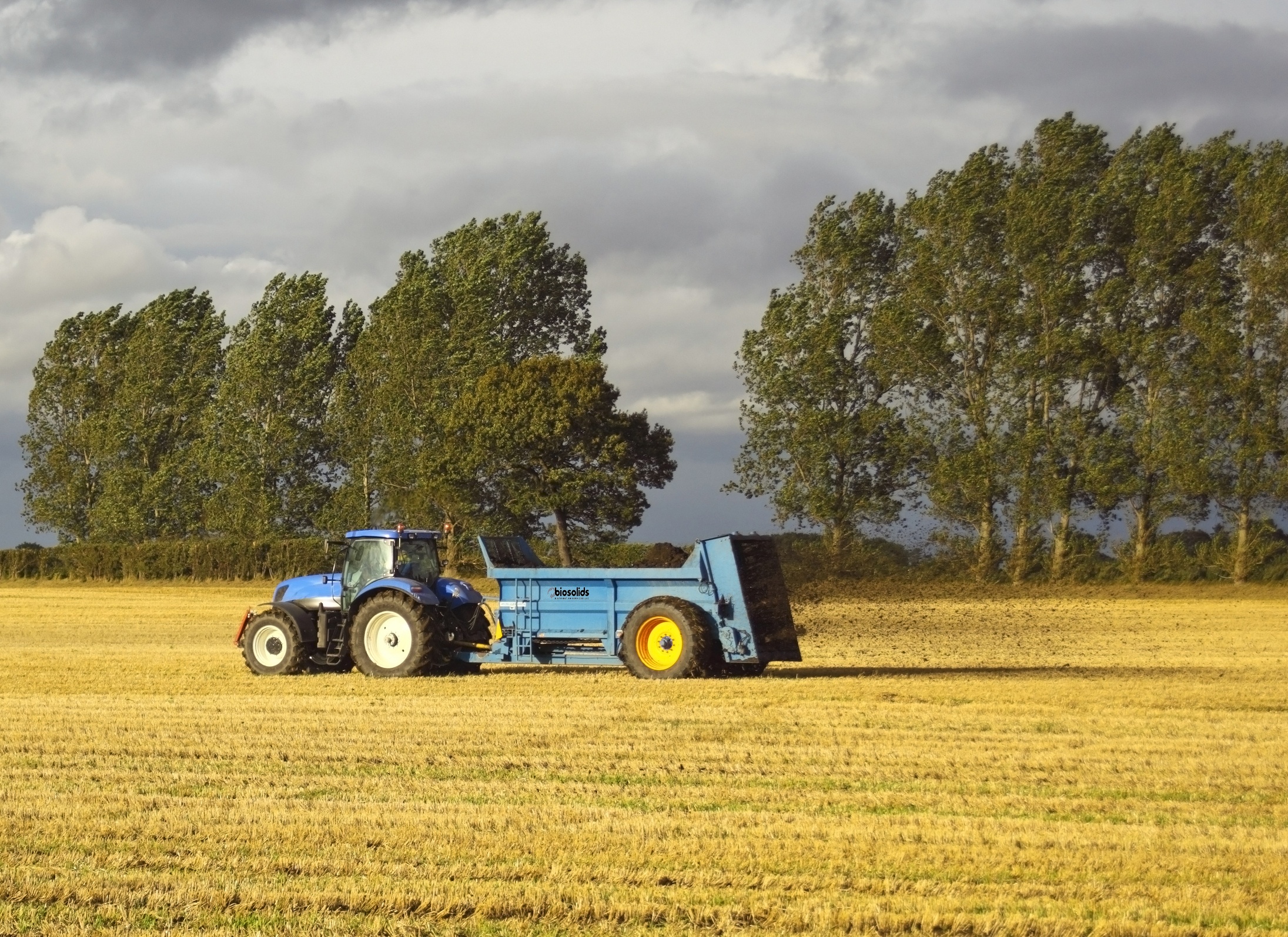Written by Scott Springer, Director of Sales and Marketing, Schwing Bioset, Inc.
May 27, 2015
Not in My Back Yard vs Solutions – An open discussion on disposal or re-use of Biosolids
The internet is a wonderful thing – sometimes. Information is almost limitless, as are opinions on virtually any topic. While it does not compare in magnitude to the doings of a Kardashian, there is a lot of vigorous debate on the topic of how Biosolids should be disposed of. These debates play out on Twitter, LinkedIn Group chats, and local newspaper e-article comment areas, to name a few. Some of the debates are polite, informational, and serve some purpose to educate those reading the content. Others get nasty, personal, and are embarrassing. In my opinion, these biosolids discussions tend to put people into one of 5 camps:
1. Environmentalists / Scientists
2. Engineers / Consultants / Suppliers to the Wastewater Treatment Industry (which Schwing Bioset would fall into)
3. Farmers
4. Citizens
5. Internet Trolls (a term I learned that basically describes people who just like to take out their frustrations on anyone and everyone on the internet)
Here is one trend that I have observed in these exchanges:
Several of the environmentalists claim that the waste treatment process is inadequate to remove all dangerous elements from the waste stream. They will list dozens of chemicals that are put into the waste stream from pharmaceuticals (consumed or not) that we flush down the toilet every day to chemicals that are in the waste stream of industrial plants.
Schwing Bioset typically replies in this manner:
I don’t have an advanced degree in the sciences, so there is no use in me debating this point. I do know (with my engineering degree) that:
i. Not every waste treatment plant has input that includes all of the chemicals on the list, especially the smaller to mid-size plants. Some of the industrial plants have their own treatment or pre-treatment plants and don’t send any waste to the municipality.
ii. Some of the levels of these chemicals get into the parts per billion and trillion – which may or may not be harmful to people, animals, or plants. But the reality is that some of these are way below the detectable limit of most analysis techniques available. A lot of work needs to be done on this exhaustive list to determine what is really dangerous, and how to either remove it or prevent it from getting into the waste stream.
For more thoughts on ‘where the stuff should go,’ check back to the Schwing Bioset website soon.
For questions or more information on Biosolids or our Bioset Process, please leave a comment on this blog post and we will be sure to reply or contact you, or send an email to marketing@schwingbioset.com.


Subscribe to Start Receiving Schwing Bioset eNews
